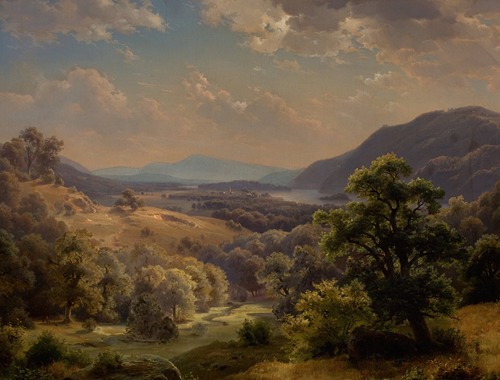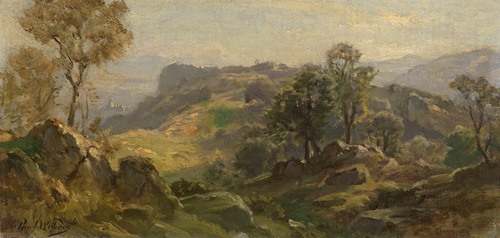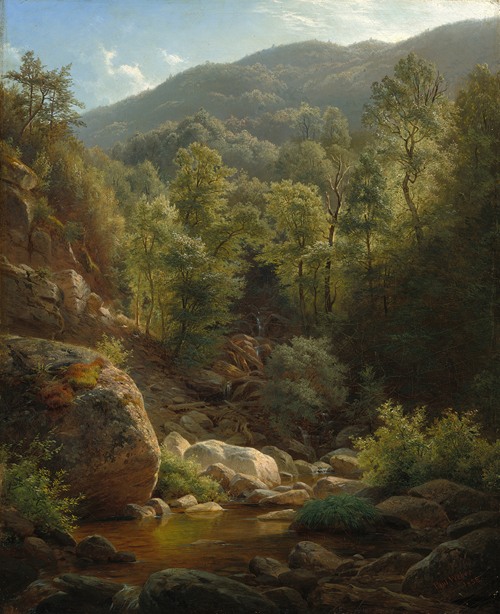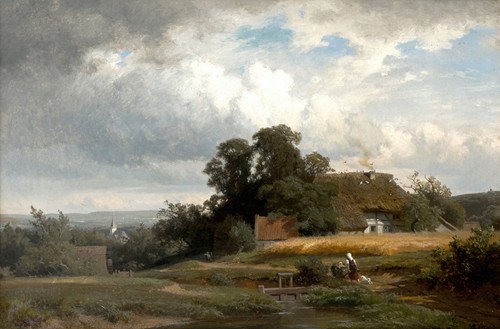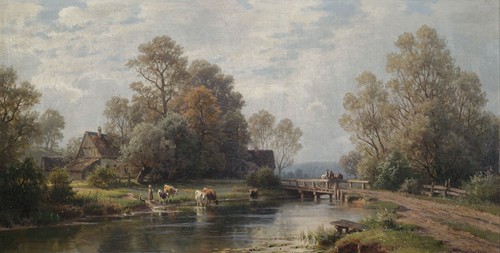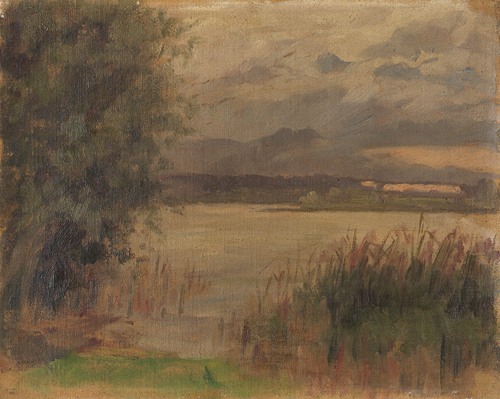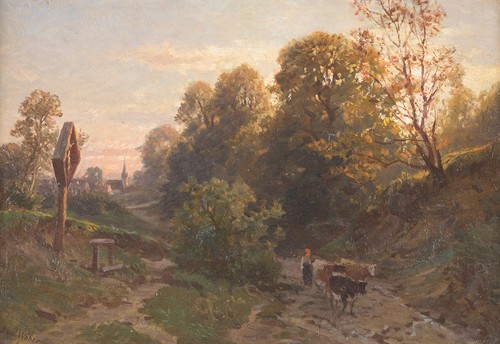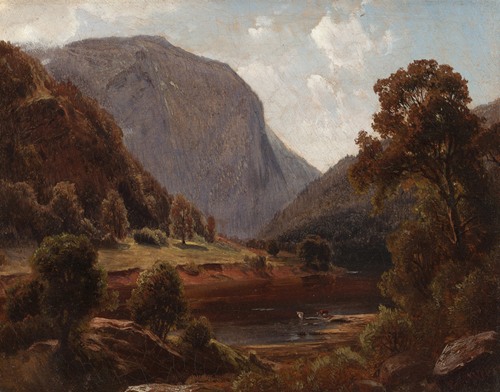
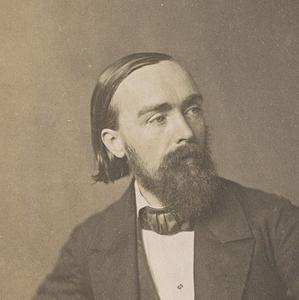
Gottlieb Daniel Paul Weber was a German artist.
He was born in Darmstadt as a son of the composer Johann Daniel Weber (1784–1848). He studied art in Frankfurt at the Städelschule from 1844 to 1848. He completed his studies with Josephus Laurentius Dyckmans in Antwerp. To study at the Munich Academy he moved together with Anton Burger to Munich, during the studies he accompanied Prince Regent Luitpold of Bavaria on a trip to the Eastern Mediterranean, which led him to Constantinople, Asia Minor, Greece and Sicily. He completed his artistic training at Josephus Laurentius Dyckmans in Antwerp.
In 1848 soon after the collapse of the German Republic, at the age of 25, he moved to the United States, settling in Philadelphia, where he was a frequent exhibitor at the Pennsylvania Academy of the Fine Arts from 1849 onward. He also exhibited at the National Academy of Design, the Brooklyn Art Association, the Boston Athaeneum, the Washington Art Association, and the Paris Salon. Among his students in the class of landscape painting were William Trost Richards, William Stanley Haseltine and Edward Moran. He influenced the Hudson River School. In 1850 his son Carl Weber was born, who became later also a painter of the Hudson River School. Paul had a nephew named Carl Philipp Weber who became a painter also.
In 1858 he returned to Darmstadt via Scotland (1861) and France (1864). In France he spent some time at the Barbizon school. At the court he worked mainly as a lecturer of Princess Alice of the United Kingdom, privately he also taught Phillip Röth, who had married his daughter Pauline. Together with Eugen Bracht they made some journeys for painting in the landscape. Paul Weber travelled also some times back to the United States, where his works were shown on the National Academy of Design and the Boston Athenaeum.
In 1872 Paul Weber moved to Munich, the German art metropolis at that time. He painted urban genre scenes and the still existing rural landscape around Munich.
